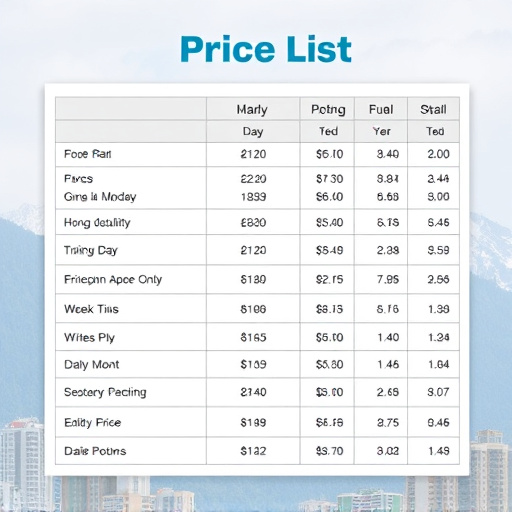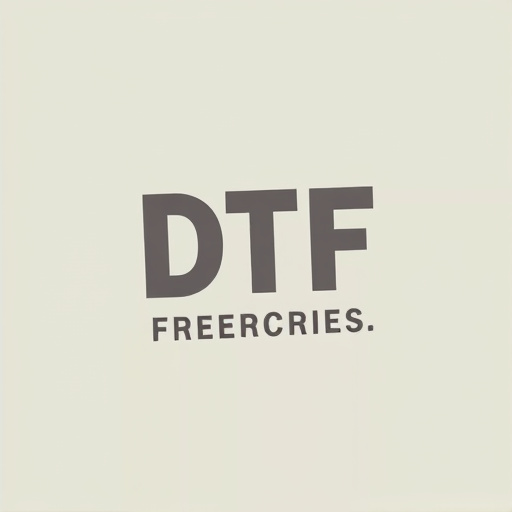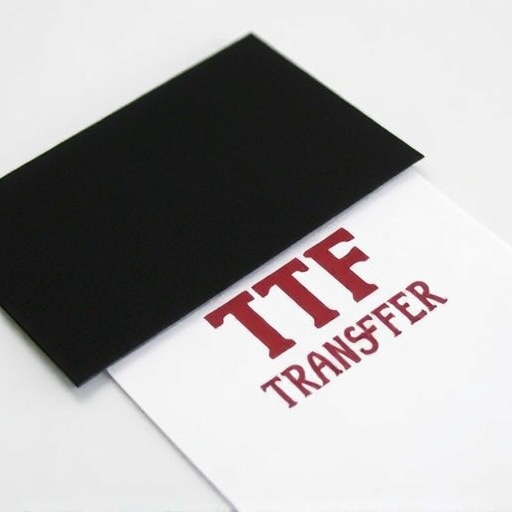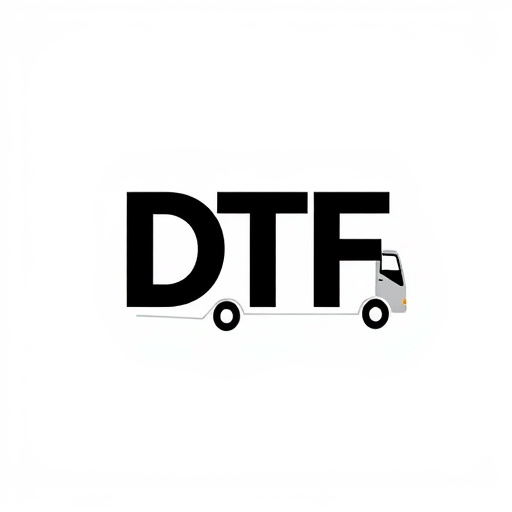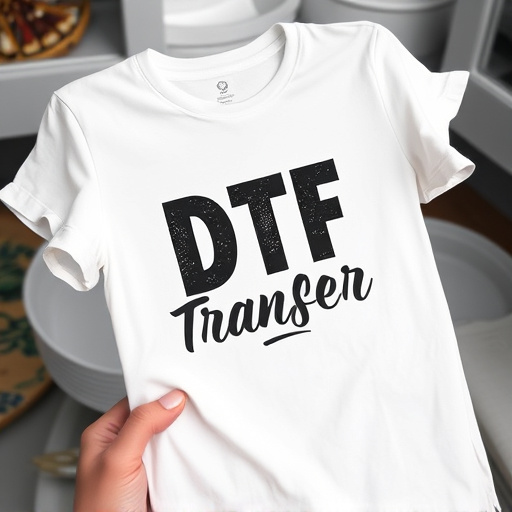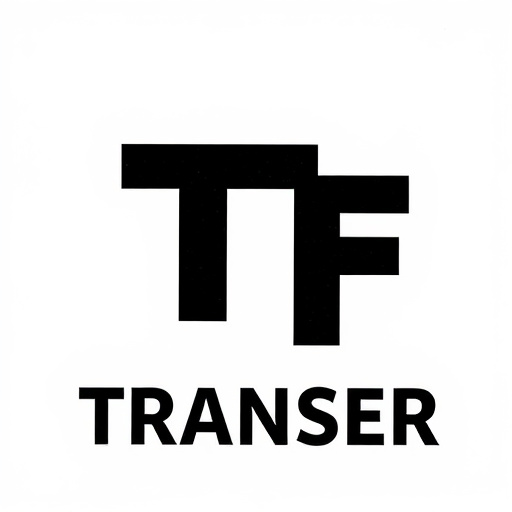Direct-to-Film (DTF) transfers revolutionize content creation with their cutting-edge printing method, offering exceptional clarity and vibrancy on diverse substrates. Optimal DTF adhesion depends on factors like film type, ink choices, surface preparation, and desired finishes. Best practices for successful DTF applications include meticulous cleaning, specialized inks, steady pressure during transfer, adequate drying times, and cure periods. Case studies highlight DTF's reliability in outdoor advertising and theme parks, showcasing its durability under harsh conditions.
“Unleashing the power of Direct-to-Film (DTF) transfers requires understanding the art of adhesion. This article delves into the intricacies of DTF technology, exploring the factors that dictate the ideal duration for strong, long-lasting film attachments.
From environmental conditions to material choices, we dissect the key influencers on DTF transfer adhesion time. Discover optimal settings and learn from common challenges, ensuring your DTF prints withstand the test of time. Whether you’re a seasoned professional or new to DTF printing, this guide offers valuable insights for achieving superior results.”
- Understanding Direct-to-Film (DTF) Transfers: A Brief Overview
- Factors Influencing Adhesion Time: An In-Depth Analysis
- Ideal Conditions for Optimal DTF Transfer Adhesion
- Common Challenges and Their Solutions in DTF Printing
- Best Practices to Ensure Long-Lasting DTF Prints
- Case Studies: Real-World Examples of Successful DTF Transfers
Understanding Direct-to-Film (DTF) Transfers: A Brief Overview

Direct-to-Film (DTF) transfers are a cutting-edge printing technique revolutionizing the way we produce visual content. This method involves transferring images and designs directly onto film, offering unparalleled clarity and vibrancy in prints. DTF technology bypasses traditional intermediate steps, enabling direct application of ink to the substrate, be it fabric, metal, or plastic. This process is particularly advantageous for creating high-quality, durable prints that are resistant to fading and damage.
DTF Printing has gained popularity across various industries, from textile design to signage and advertising. Its versatility allows for complex and intricate designs, making it a go-to choice for custom printing projects. The duration required for proper DTF adhesion varies based on several factors, including the type of film, ink used, surface preparation, and desired finish. Understanding these variables is crucial for ensuring optimal results and the longevity of DTF prints.
Factors Influencing Adhesion Time: An In-Depth Analysis

The duration required for proper adhesion during a direct-to-film (DTF) transfer process is influenced by several key factors. Firstly, the surface preparation plays a pivotal role; ensuring the substrate is clean, dry, and free from contaminants is essential to achieve maximum bonding strength. The type of adhesive used is another critical aspect, as different formulations have varying cure times and adhesion properties tailored for specific applications.
Additionally, the conditions under which the DTF transfer is applied significantly impact the adhesion time. Temperature and humidity levels can affect the viscosity and curing process of the adhesive, leading to variations in the required dwell time. The design complexity and material used for the DTF print also come into play; intricate designs or specific materials might demand longer contact times to ensure complete adhesion.
Ideal Conditions for Optimal DTF Transfer Adhesion
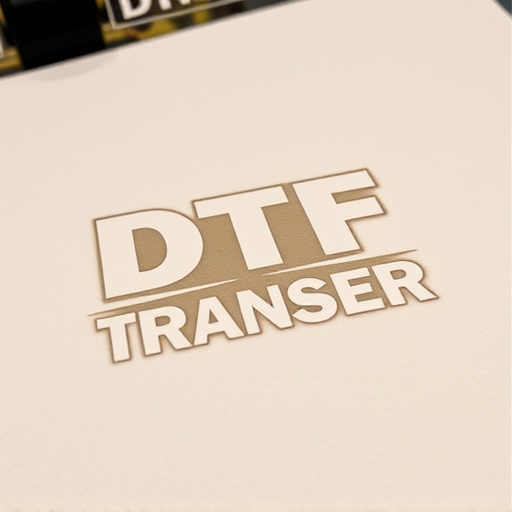
For optimal adhesion of direct-to-film (DTF) transfers, it’s crucial to maintain ideal conditions during application and curing. The surface preparation is key; ensure the substrate is clean, free from grease or dust, and has a slightly rough texture to enhance actual contact area with the DTF print. Temperature plays a significant role in this process—a consistent ambient temperature between 20-25°C (68-77°F) promotes optimal curing of the adhesive, ensuring strong adhesion.
Additionally, proper humidity control is essential; relative humidity should ideally be maintained between 40-60% to prevent premature drying or curing issues that could negatively impact the DTF transfer’s stickiness and longevity. These conditions create an environment where the DTF print fuses seamlessly with the substrate, resulting in vibrant, durable prints.
Common Challenges and Their Solutions in DTF Printing
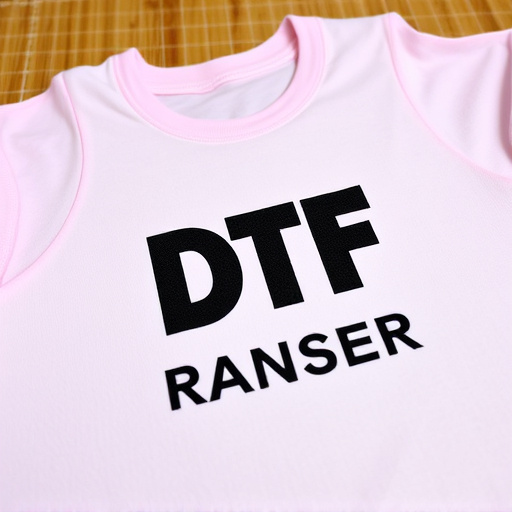
Direct-to-film (DTF) transfers have revolutionized printing, offering vibrant and durable results. However, achieving proper adhesion for DTF prints can be challenging due to various factors. One common issue is air bubbles, which can form during the application process, leading to an uneven finish. To mitigate this, printers should ensure optimal surface preparation, applying a suitable primer to create a smooth base. Additionally, using a slow and steady motion while pressing the transfer onto the substrate reduces the likelihood of trapping air.
Another challenge is ink bleeding, particularly with complex designs or dark colors. This can be addressed by employing specific DTF inks formulated for improved adhesion and color vibrancy. Proper drying time is also crucial; allowing sufficient time for the ink to cure completely prevents smudging or fading. Printers should consult manufacturer guidelines for recommended curing times, ensuring optimal results without compromising adhesion.
Best Practices to Ensure Long-Lasting DTF Prints
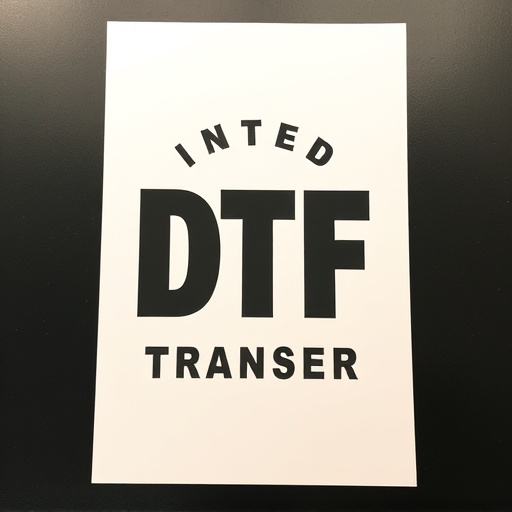
To ensure long-lasting DTF (Direct-to-Film) transfers and prints, several best practices should be implemented. Firstly, proper surface preparation is key; clean and degrease the substrate to maximize adhesion. Using a suitable cleaner or solvent recommended by the manufacturer can help achieve this. Secondly, apply the DTF transfer accurately, ensuring full contact with the substrate for optimal bonding.
Additionally, allowing sufficient cure time after application is crucial. Most DTF materials require a certain amount of hours (often between 24 to 72) to fully set and develop strong adhesion. During this duration, avoid handling or exposing the print to extreme conditions, such as high temperatures or direct sunlight, which can hinder curing.
Case Studies: Real-World Examples of Successful DTF Transfers
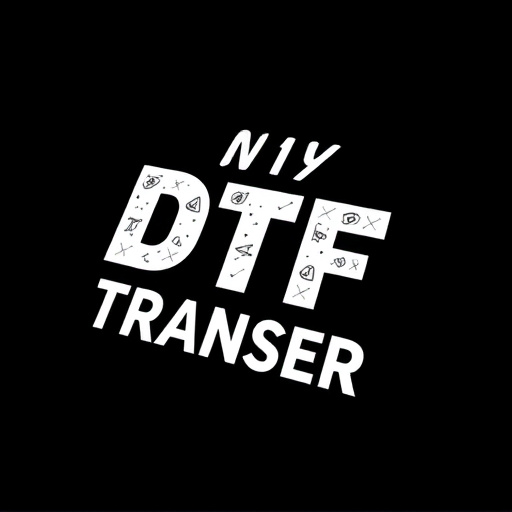
Direct-to-film (DTF) transfers have proven their worth in numerous real-world applications, showcasing their durability and quality. Case studies from various industries offer compelling evidence of successful DTF prints. For instance, outdoor advertising companies have utilized DTF technology to create vibrant, long-lasting billboards that withstand harsh weather conditions. These prints have been known to maintain their color and integrity for over two years, making them a cost-effective and visually appealing solution for large-scale advertising.
Another notable example is the use of DTF transfers in theme parks. Themed attractions often require graphics that can handle high traffic and varying environmental factors. DTF prints have successfully adorned ride vehicles, offering vivid imagery that captivates visitors without fading or peeling. These applications highlight the versatility and reliability of DTF technology, making it a preferred choice for professionals seeking durable and visually stunning direct-to-film solutions.





